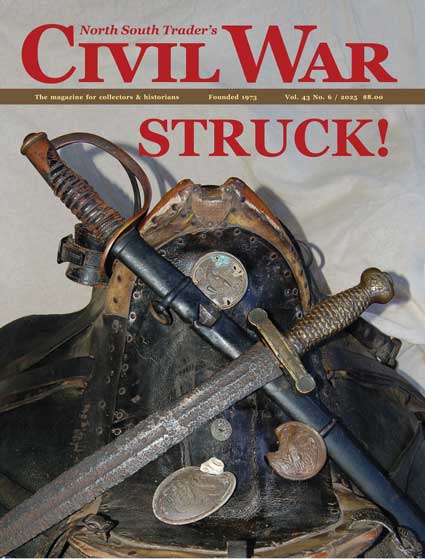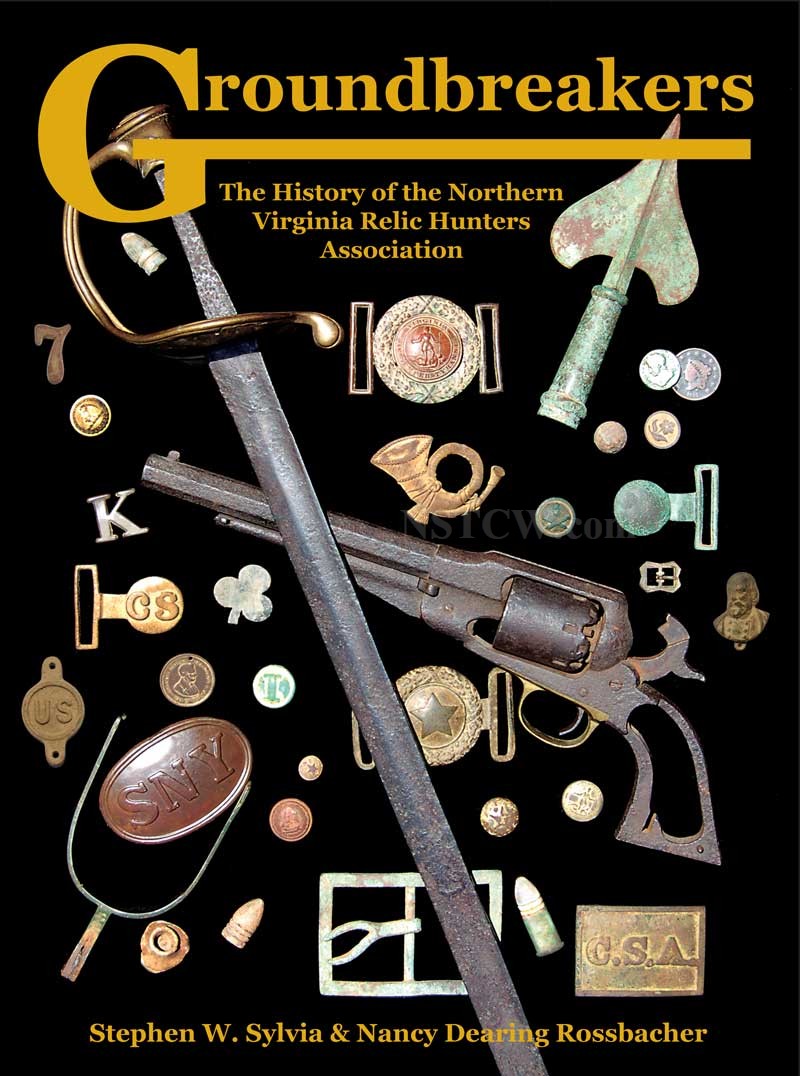|
From The Trenches Issue: 35-5 |
|
Support for the hamfisted
Let's get it out in the open. Let's talk about the dirty little secret all collectors are harboring. No, not fakery. We all know that's out there, and we do no small amount of talking about it. Fakery is so far out of the closet it hasn't seen a hanger in years. I'm also not talking about bad deals, bum steers, or laughable impulse purchases brought on by wishful thinking. Most of us freely fess up to that too. "The dumbest thing I ever bought was ..." "The worst deal I ever made was ..." Most collectors are admirably self-deprecating when it comes to owning up to some dunderheaded decisions. No, I'm talking about the error that dare not speak its name. Damage. Breakage. Destruction. Ruination. Now, I'm not pointing any fingers here— I didn't do it. Steve, get out of my column and go back to yours. As I was saying, it's the dirty little secret. You decide a metal piece would be aesthetically improved if it were only a little less bent, so you ever so gently start bending, gently, gently, easy does it, and ker-snap. This is avowedly not the kind of event that makes a collector call a friend and say, "You won't believe what I just did." No, instead the collector sits in silence, staring in horror at the damage he has wrought. And it's not as though there's a support group in which the bereft collector can grieve and regret in an atmosphere of trust and secrecy. There is no Hamfisted Anonymous. There should be, because when you damage one of your pieces, the shock is strong. I'm reminded of the scene in "Prisoner of Second Avenue" in which the wife is trying to get through to the stunned husband that they've been robbed. "Robbed! Robbed! We used to have it, now they do! It used to be ours, now it's theirs!" Except that when you destroy one of your pieces, it used to be yours and now it's no one's. All the glue and thread in the world won't put Humpty Dumpty back together again—not the way he was, anyway. And then there's the damage other people do to your pieces. I wasn't in the room when it happened. Steve, go away. And even if I was in the room, you shouldn't have left it on a counter where it could fly off and break itself. Dude, I have witnesses. Ric Savage was in the room when you accidentally elbowed my vintage Fiesta pitcher onto the floor, and it broke into pieces so small you could bury the remains in a snuff tin. You were also the only person in the room when my Bavarian pickelhaube tumbled onto a wood floor. It grew wings. Well, so did your Robert E. Lee miniature soldier when I was dusting. You dust? Not anymore. Back to the point at hand. Damage happens, whether you cause it or someone else does. I think it would be vastly healthier for collectors' collective psyches and everyone in relationships with collectors if we all just came out of the closet and admitted it. Speaker: "Hi, my name is Bob." Assembled group: "Hi, Bob." Speaker: "I broke something last night." Wouldn't that be better? The bottom line is: It's just stuff. Yes, I know it's heartbreaking when you annihilate a piece that managed to get along just fine without you for more than a century, thank you very much, and I know it's upsetting when you've inadvertently sucked a miniature Lee's head into the vaccuum and thrown it out with the trash. (Yes, I did that. At the time I didn't know Lee had lost his head. I mean, it's not as though it was something he was known for.) It's just stuff, and as much as we love the stuff, the well-being of people comes before the well-being of stuff every time. That said, I'll go first. Not only did I break the miniature Lee, I dented a canteen when it slipped through my fingers, and a leather chinstrap came apart in my hands when I was treating it. I also broke in two the saucer of an achingly delicate, beautifully hand-painted, $200 antique teacup set that I had told everyone not to touch because I didn't want them to break it. (Oh, yes, the irony is fierce.) And—here it's told for the first time—I also broke the mate to that Fiesta pitcher, and it happened the exact same way. The sucker barely got bumped and it skittered across the counter and exploded on the floor like a detonation. You never told me that. I know. It's part of the interior omerta collectors adhere to: Never rat yourself out. I say the heck with that. As near as I can tell, the only way to avoid stuff getting broken is to not have any stuff. Here are two visuals. First, a collector in a room full of stuff, and he's staring with dismay at the broken piece in his hands. Second, a collector in an empty room. The first is momentarily distressing, sure, but the second is unthinkable. I say we all should just break the code of silence, owning up to our own lapses in meticulous care and forgiving those who accidentally trespass, if you will, against our stuff. Hey, have you seen the Riker case I left on the coffee table? I wasn't in the room when it happened. — Ed. |
| Past From The Trenches click an issue number to view |
| 43-6 |
| 43-5 |
| 43-4 |
| 43-3 |
| 43-2 |
| 42-3 |
| 42-3 |
| 42-3 |
| 42-3 |
| 42-3 |
| 41-6 |
| 41-5 |
| 41-1 |
| 40-5 |
| 40-4 |
| 40-3 |
| 40-1 |
| 39-6 |
| 39-5 |
| 39-4 |
| 39-3 |
| 39-2 |
| 39-1 |
| 38-3 |
| 38-2 |
| 38-1 |
| 37-6 |
| 37-5 |
| 37-4 |
| 37-3 |
| 37-2 |
| 37-1 |
| 36-9 |
| 36-6 |
| 36-5 |
| 36-4 |
| 36-3 |
| 36-2 |
| 36-1 |
| 35-6 |
| 35-4 |
| 35-3 |
| 35-2 |
| 35-1 |

